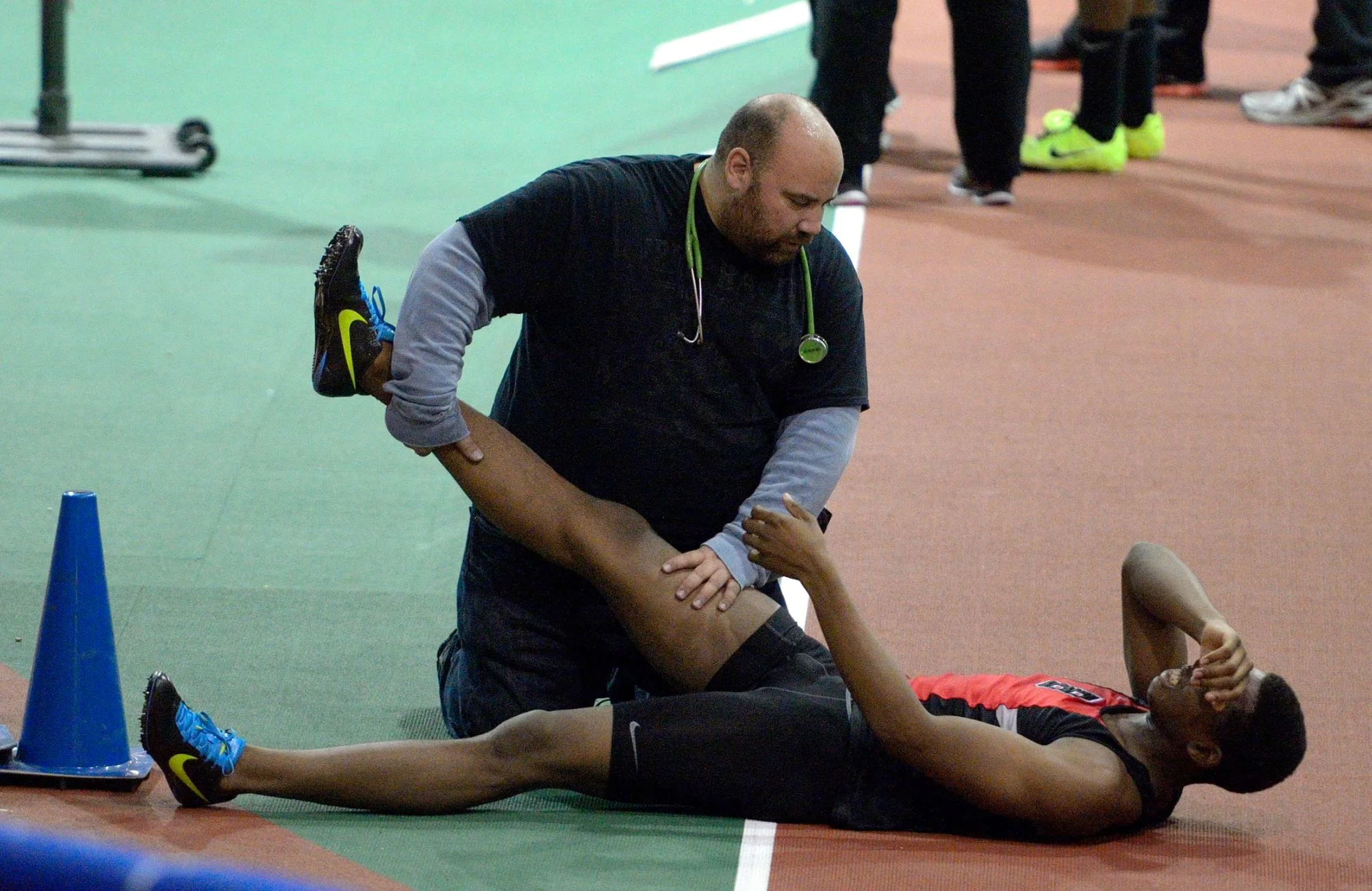We all love delicious foods, even if we know they may not be good for us. Foods high in energy – specifically sweet, salty and fatty foods – tend to taste the best.
End of ageing and cancer? Scientists unveil structure of the ‘immortality’ enzyme telomerase
Making a drug is like trying to pick a lock at the molecular level. There are two ways in which you can proceed. You can try thousands of different keys at random, hopefully finding one that fits. The pharmaceutical industry does this all the time – sometimes screening hundreds of thousands of compounds to see if they interact with a certain enzyme or protein. But unfortunately it’s not always efficient – there are more drug molecule shapes than seconds have passed since the beginning of the universe.
Health Check: is there an optimal time of day to work out?
Overeating? It may be a brain glitch
How the lowly mushroom is becoming a nutritional star
The way you see colour depends on what language you speak
Research Check: is it true pasta doesn’t make you gain weight, and could even help you lose it?
Health check: why do we get muscle cramps?
‘Junk DNA’ isn’t so useless after all
The evolutionary advantage of having eyebrows
How brain stimulation can boost memory if paired with learning
In 47 CE, Scribonius Largus, court physician to the Roman emperor Claudius, described in his Compositiones a method for treating chronic migraines: place torpedo fish on the scalps of patients to ease their pain with electric shocks. Largus was on the right path; our brains are comprised of electrical signals that influence how brain cells communicate with each other and in turn affect cognitive processes such as memory, emotion and attention.
It’s not my fault, my brain implant made me do it
Mr. B loves Johnny Cash, except when he doesn’t. Mr. X has watched his doctors morph into Italian chefs right before his eyes. The link between the two? Both Mr. B and Mr. X received deep brain stimulation (DBS), a procedure involving an implant that sends electric impulses to specific targets in the brain to alter neural activity. While brain implants aim to treat neural dysfunction, cases like these demonstrate that they may influence an individual’s perception of the world and behavior in undesired ways.
Our dreams have many purposes, changing across the lifespan
Although radically different in terms of their content and feel, the range of dream states are just as complex as waking states. If we look across an individual’s lifetime, we find that children’s dreams are very different from adults’ dreams. Children tend to dream of emotional interactions with family members, friends and scary animals, while adults dream of other adults. Dreams of young adults are filled with social interactions between the dreamer and current friends and significant others. Men’s dreams differ substantially from women’s dreams, with women dreaming equally often of men and women, and men dreaming more often about other men. Older adults tend to dream more about creative works, legacies and enduring concerns, while the dreams of dying people are filled with numbers of supernatural agents, other-worldly settings and images of reunions with a loved one who has died. Dreams that transport the child into the social world of his caretakers during early life gently escort the dreamer into the arms of his loved ones when life is nearing an end. Dreams accompany us literally from the cradle to the grave.
Why are we so sleep deprived, and why does it matter?
If sugar is so bad for us, why is the sugar in fruit OK?
Here’s whose germs can infect you on a plane
A new study assesses rates and routes of possible infectious disease transmission during flights.An infectious passenger with influenza or other droplet-transmitted respiratory infection will most likely not transmit infection to passengers seated farther away than two seats laterally and one row in front or back on an aircraft, the new research indicates.
When we lose weight, where does it go?
Four ways alcohol is bad for your health
In Australia, almost 6,000 deaths a year can be attributed to alcohol, as well as around 400 hospitalisations a day. While drinking has declined in some segments of the population, with related stabilising of rates of death and illness, these numbers are far too high. Similar reports are emerging in other countries.
The surprising benefits of being a pessimist
How many times have you been told that something great will happen as long as you believe it is possible? From pop psychology books to self-improvement seminars and blogs, there’s a lot of hype surrounding the advantages of positive thinking. And there’s certainly some evidence behind it – a large body of work suggests that being optimistic reaps a number of positive rewards, including better health and wellbeing.
How you type with your smartphone can reveal your age – here’s why it matters
When computers hit the mainstream, the older guy in the office would always be sniggered at when bashing away on his QWERTY keyboard, only using his two index fingers to type. To the amusement of his younger, tech-savvy colleagues, he would almost look Neanderthal next to those who grew up with computers and used all their fingers on the keyboard quickly and fluently.












